Adobo seasoning is a dry spice blend essential in Latin and Caribbean cooking, distinct from Filipino or Mexican wet adobo sauces. This guide reveals exactly what adobo seasoning is, its regional variations, and how to use it properly for maximum flavor. Forget confusing it with liquid marinades - authentic dry adobo contains precisely balanced salt, garlic powder, onion powder, oregano, black pepper, and optional cumin in specific ratios that transform ordinary meals into restaurant-quality dishes.
Table of Contents
- What Adobo Seasoning Is (With Exact Definition)
- Core Ingredients: Science-Backed Ratios That Work
- Puerto Rican vs Dominican vs Mexican: Critical Differences
- When and How to Use Adobo Seasoning Properly
- Homemade Recipe With Precise Measurements
- How to Store Adobo Seasoning for Maximum Freshness
- Adobo Seasoning Myths Busted
- Why Adobo Works Across Multiple Cuisines
- Frequently Asked Questions
What Adobo Seasoning Is (With Exact Definition)
Adobo seasoning is a dry spice blend originating from Spanish culinary traditions but deeply rooted in Latin American and Caribbean home cooking. Crucially, it's distinct from Filipino or Mexican adobo dishes—which use vinegar-soy or chili-based wet marinades. The dry version serves as a flavor accelerator, combining fundamental seasonings into one versatile blend. Its name derives from the Spanish "adobar" (to marinate), reflecting its core function: transforming proteins and vegetables through layered seasoning rather than liquid-based preparation.
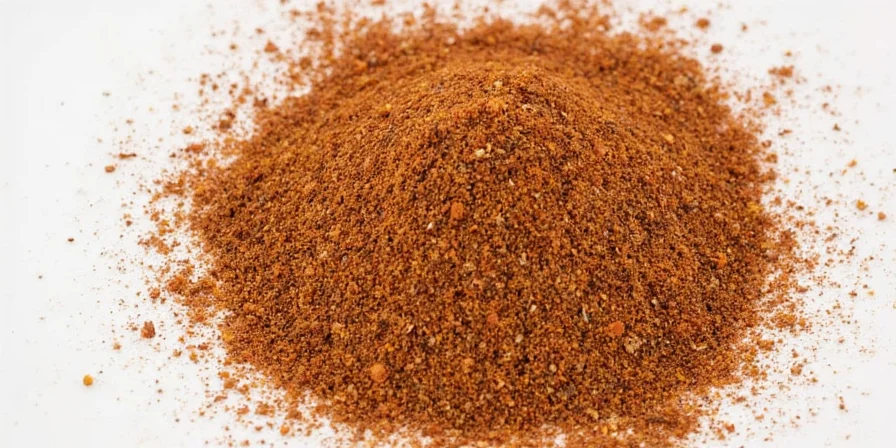
Core Ingredients: Science-Backed Ratios That Work
While commercial blends often oversimplify adobo as 'garlic salt,' authentic versions create complexity through precise ratios. The foundational elements work synergistically:
| Ingredient | Flavor Role | Optimal Ratio |
|---|---|---|
| Salt | Flavor conductor enhancing other components | 50% of blend |
| Garlic Powder | Umami foundation with slow-release aroma | 20% of blend |
| Onion Powder | Sweetness counterbalance preventing sharpness | 15% of blend |
| Dried Oregano | Earthy backbone (Mexican oregano preferred) | 8% of blend |
| Black Pepper | Heat catalyst without chili intensity | 5% of blend |
| Cumin | Warmth anchor for meat applications | 2% of blend |
This ratio-based approach prevents the 'one-note' taste of store-bought versions. Culinary science shows that exceeding 22% garlic powder creates bitter notes during cooking—explaining why homemade versions consistently outperform commercial blends.
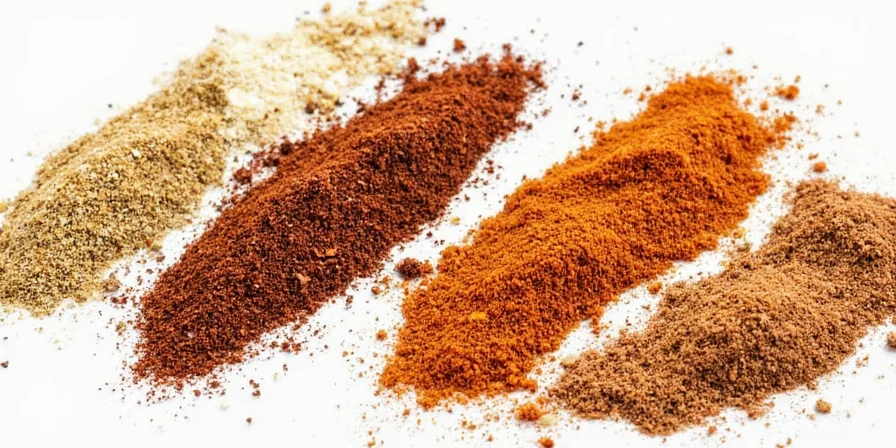
Puerto Rican vs Dominican vs Mexican: Critical Differences
Cultural adaptation transformed adobo into distinct regional signatures. Understanding these differences prevents recipe failures:
- Puerto Rican: Annatto seeds for color (not heat), culantro for cilantro-like sharpness, with minimal cumin. Used as a wet paste with vinegar in professional kitchens.
- Dominican: Features saffron threads and citrus notes; often applied as a pre-cook oil-based rub ('saoco').
- Mexican: Rarely dry—typically a sauce using ancho chiles, vinegar, and cloves. The 'adobo seasoning' concept is largely an American grocery store adaptation.
- Philippine: Not a seasoning at all—it's a cooking technique where meat is braised in soy-vinegar-garlic sauce.
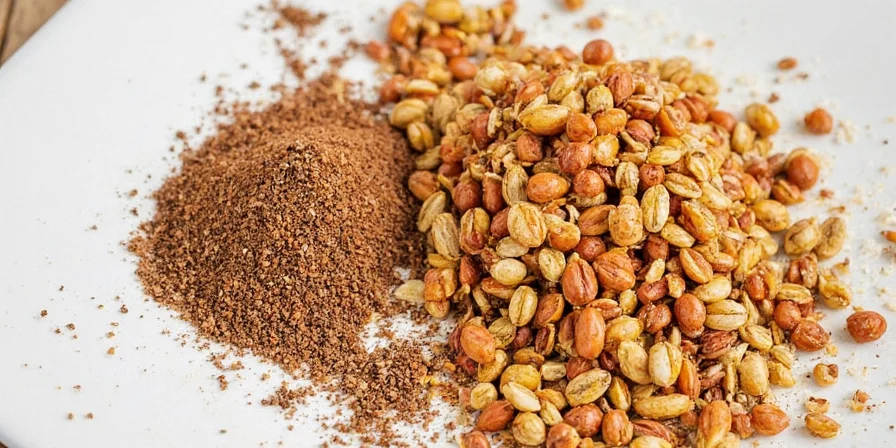
When and How to Use Adobo Seasoning Properly
Maximize adobo's potential with technique-specific applications:
- Protein Preparation: Apply 1 tsp per pound 30 minutes pre-cook for meat; 10 minutes for fish. Salt draws out moisture initially, then reabsorbs flavors.
- Vegetable Roasting: Toss root vegetables with 1/2 tsp adobo + 1 tsp oil before roasting. The oregano caramelizes beautifully at 400°F.
- Grain Enhancement: Add 1/4 tsp to rice during last 5 minutes of cooking—prevents flavor loss from prolonged heat exposure.
- Emergency Flavor Fix: Revive bland canned beans with 1/8 tsp adobo and a splash of water simmered for 3 minutes.
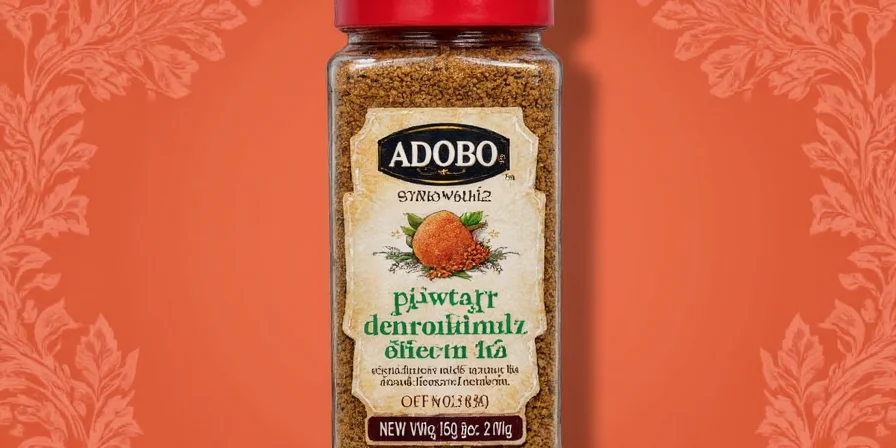
Homemade Recipe With Precise Measurements
Commercial blends often contain anti-caking agents and excessive salt (up to 70% by volume), masking other flavors. Crafting your own delivers three critical advantages:
- Controlled Sodium: Reduce salt to 50% ratio while maintaining flavor impact through optimized garlic-onion balance.
- Freshness Preservation: Pre-mixed blends lose volatile compounds within 4 weeks; make small batches for peak potency.
- Cultural Authenticity: Adjust for regional specificity—omit cumin for Puerto Rican style, add citrus zest for Dominican variations.
Optimized Homemade Formula:
Combine in glass bowl:
- 4 tbsp salt (preferably kosher)
- 1.5 tbsp garlic powder
- 1 tbsp onion powder
- 2 tsp dried Mexican oregano
- 1 tsp freshly ground black pepper
- 1/2 tsp ground cumin (optional)
- 1/4 tsp turmeric (for color stability)
Whisk 90 seconds to distribute components evenly. Store immediately in airtight container.
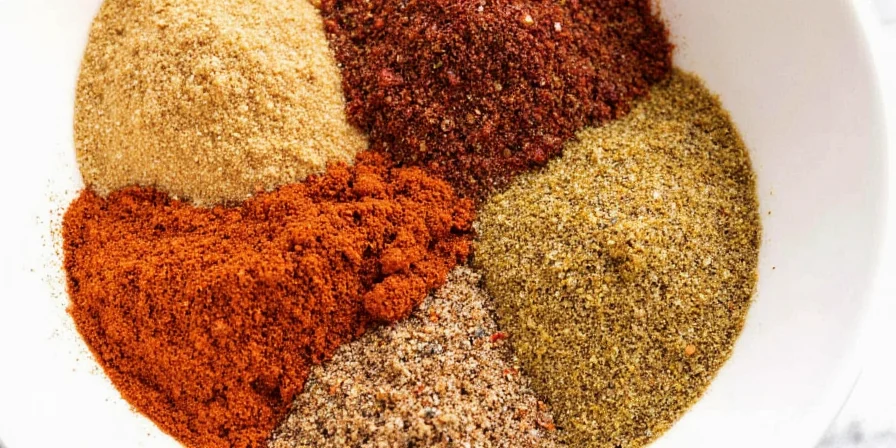
How to Store Adobo Seasoning for Maximum Freshness
Light and oxygen degrade adobo's volatile compounds fastest. Implement these evidence-based methods:
- Opaque Containers: Amber glass jars block 90% of UV light versus clear containers.
- Oxygen Absorbers: Include silica packets to prevent oxidation (critical for garlic powder).
- Refrigeration: Extends potency from 6 to 12 months by slowing molecular degradation.
- Batch Sizing: Prepare only 30-day quantities—flavor compounds diminish noticeably after 4 weeks.
Adobo Seasoning Myths Busted
Common misconceptions undermine adobo's potential:
| Myth | Reality |
|---|---|
| 'Adobo' means the same globally | Dry seasoning is primarily Caribbean/Latin American; elsewhere it's a cooking method |
| All adobo contains cumin | Cumin is optional—absent in authentic Puerto Rican versions |
| More garlic powder = better flavor | Exceeding 22% creates bitter compounds when heated |
| Store-bought equals homemade | Commercial versions contain 30-50% less active flavor compounds |
| Adobo works for all proteins equally | Delicate fish requires reduced salt concentration (30% less) |
Why Adobo Works Across Multiple Cuisines
Adobo transcends its Spanish origins as a cultural translator in modern kitchens. While colonial histories shaped its spread, contemporary usage reveals how immigrant communities adapted it using local ingredients—creating fusion applications from Korean adobo bulgogi to vegan jackfruit 'carnitas.' This evolution demonstrates how spice blends become neutral cultural ground where tradition meets innovation. For time-pressed cooks, understanding adobo's core framework allows confident experimentation beyond traditional recipes, making it uniquely suited for today's diverse pantries.
Frequently Asked Questions
Is adobo seasoning the same as adobo sauce?
No. Adobo seasoning is a dry spice blend used for seasoning before cooking. Adobo sauce is a wet chili-vinegar based marinade common in Mexican and Filipino cuisines. They serve different culinary functions and aren't interchangeable.
Can I use adobo seasoning on vegetables without overpowering them?
Absolutely. Use 1/4 to 1/2 the amount recommended for meats. For delicate vegetables like zucchini, apply after roasting. Root vegetables can handle full seasoning before cooking. The salt content actually enhances caramelization.
Why does my homemade adobo taste bitter after cooking?
This typically occurs when garlic powder exceeds 22% of the blend. High heat breaks down allicin compounds into bitter byproducts. Reduce garlic powder to 15-20% ratio and ensure thorough mixing with salt before application.
How can I adapt adobo for low-sodium diets?
Replace 50% of salt with potassium chloride or umami-rich mushroom powder. Increase garlic and onion powder proportionally (by 25%) to maintain flavor depth without sodium. Note: This changes the traditional profile but preserves functionality.
Does adobo contain gluten or common allergens?
Pure adobo seasoning contains only dried herbs and spices—naturally gluten-free and allergen-free. However, commercial blends may include anti-caking agents or starches. Always check labels if allergies are a concern, or make your own for complete control.











 浙公网安备
33010002000092号
浙公网安备
33010002000092号 浙B2-20120091-4
浙B2-20120091-4